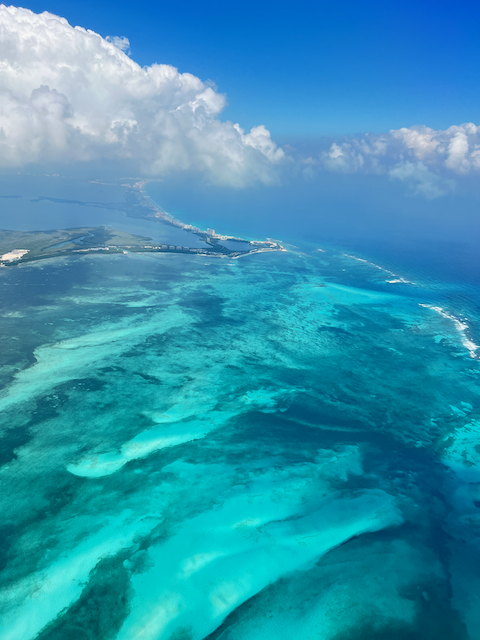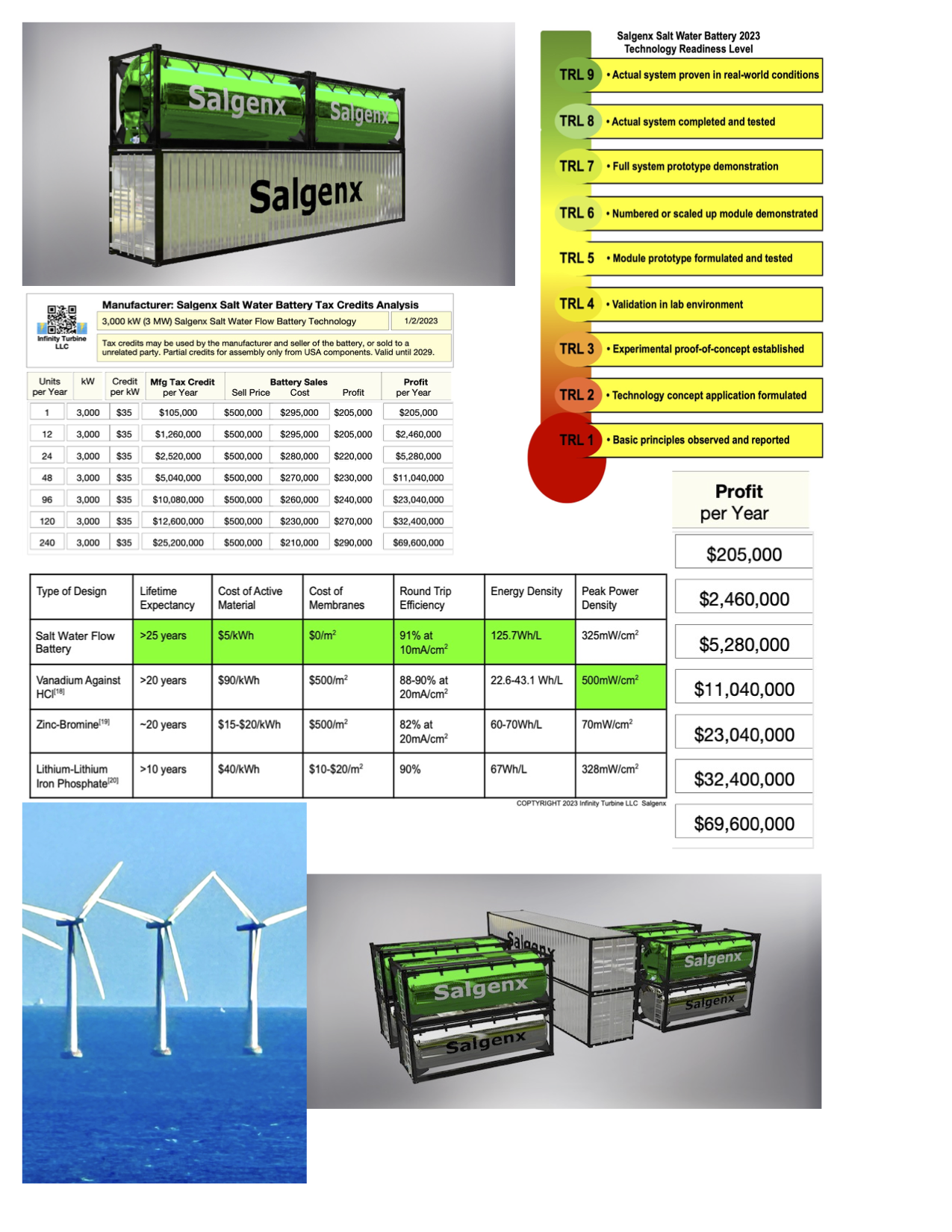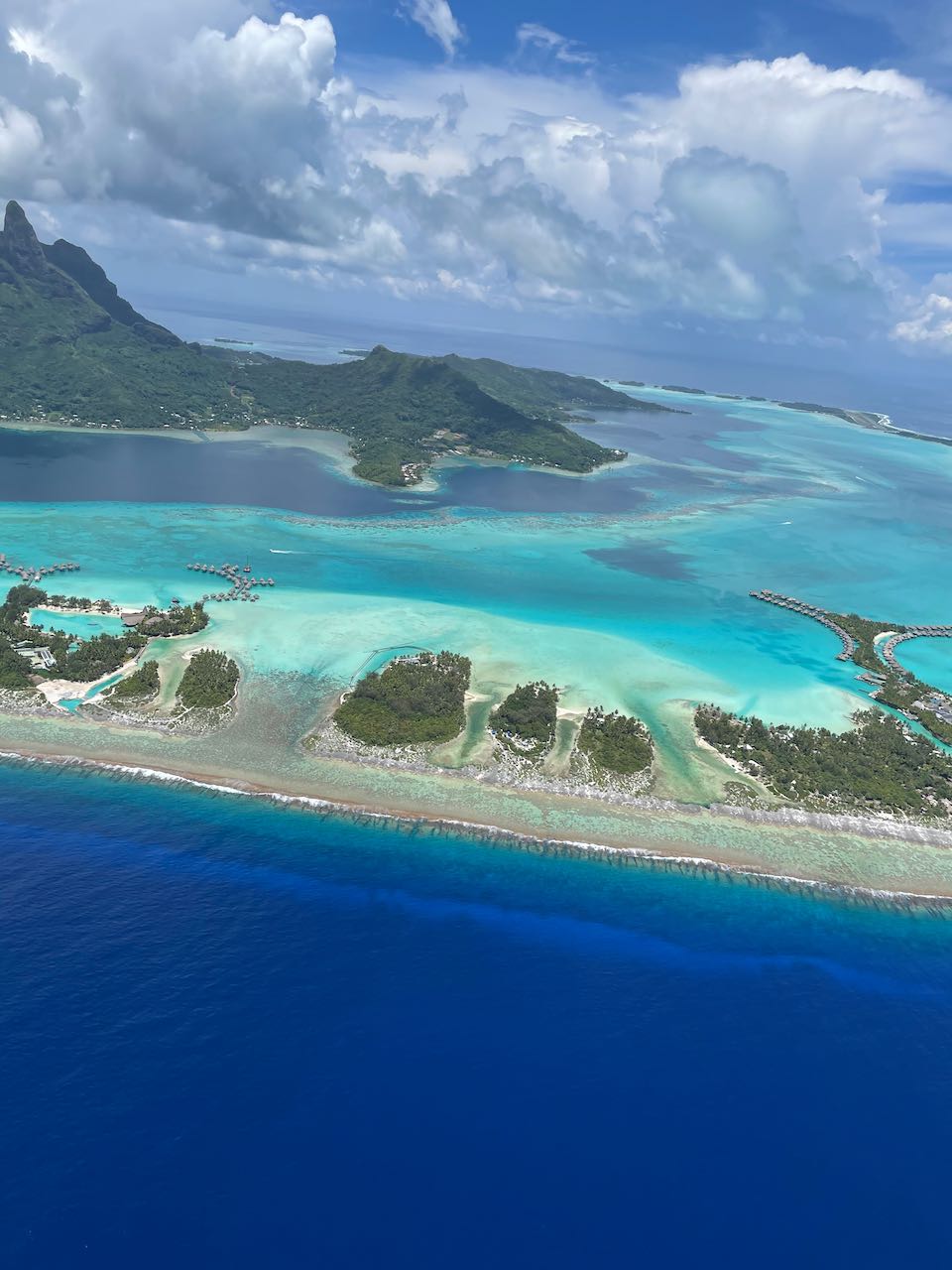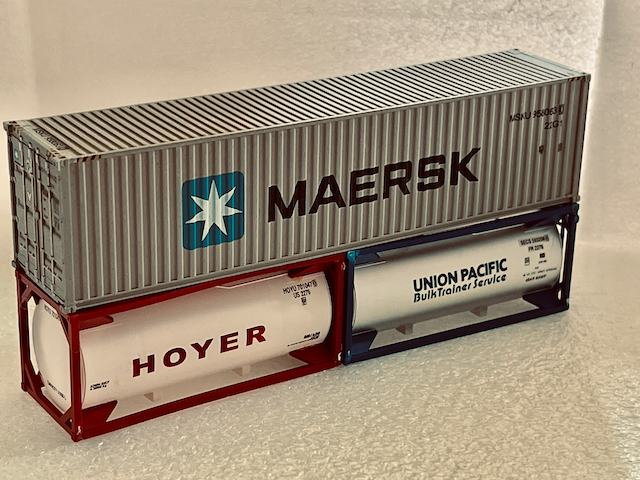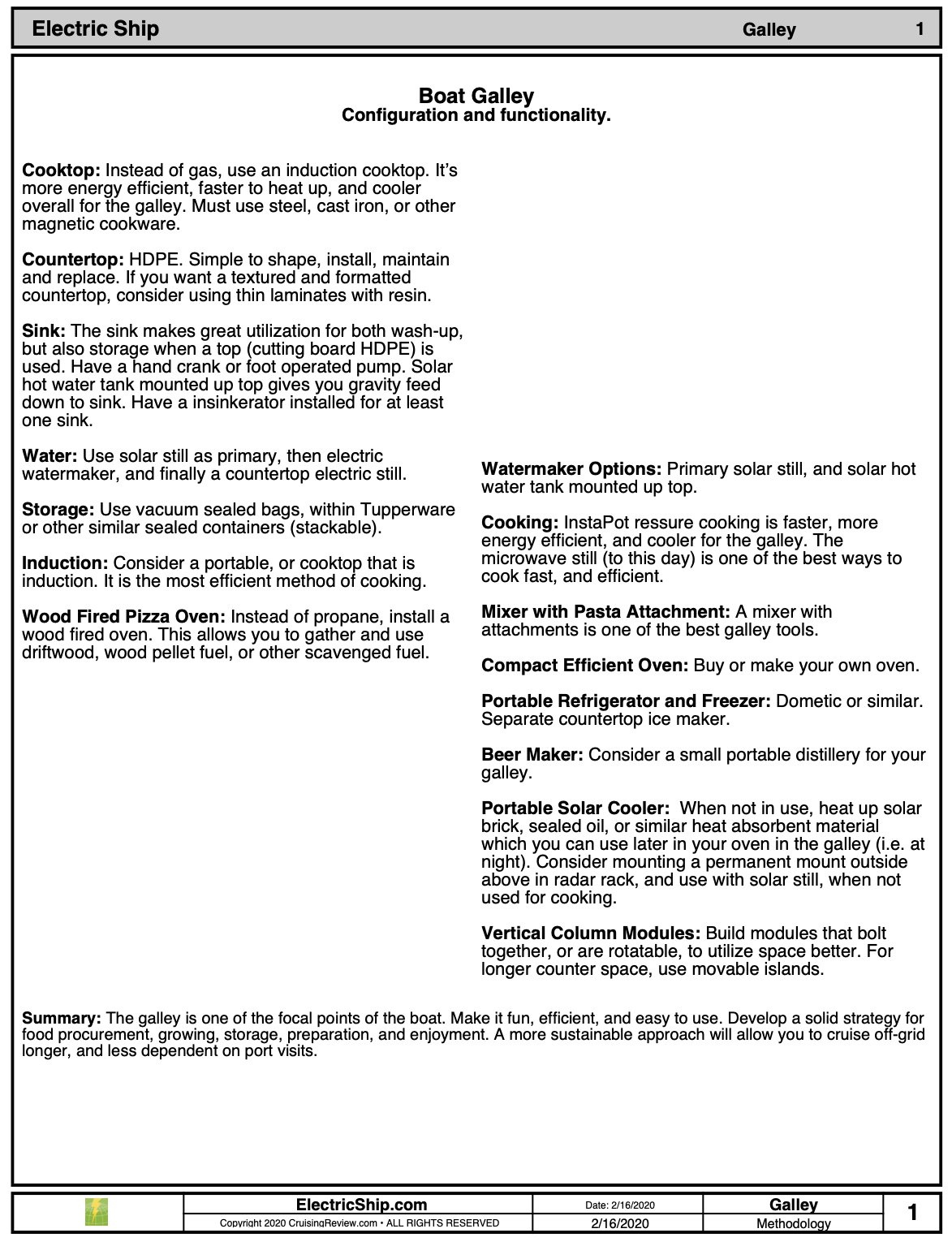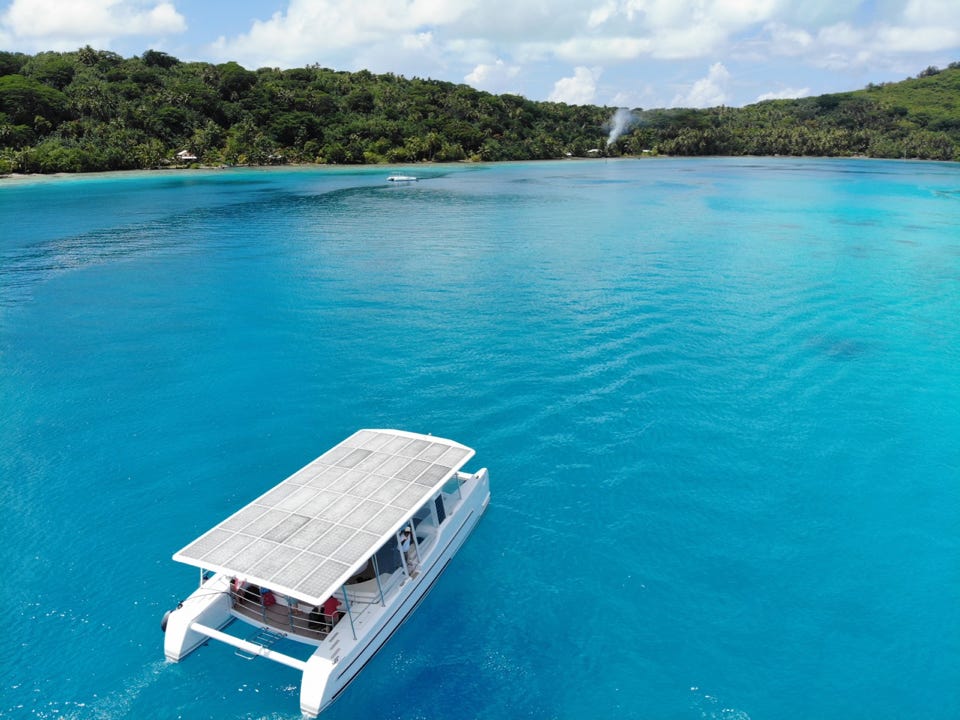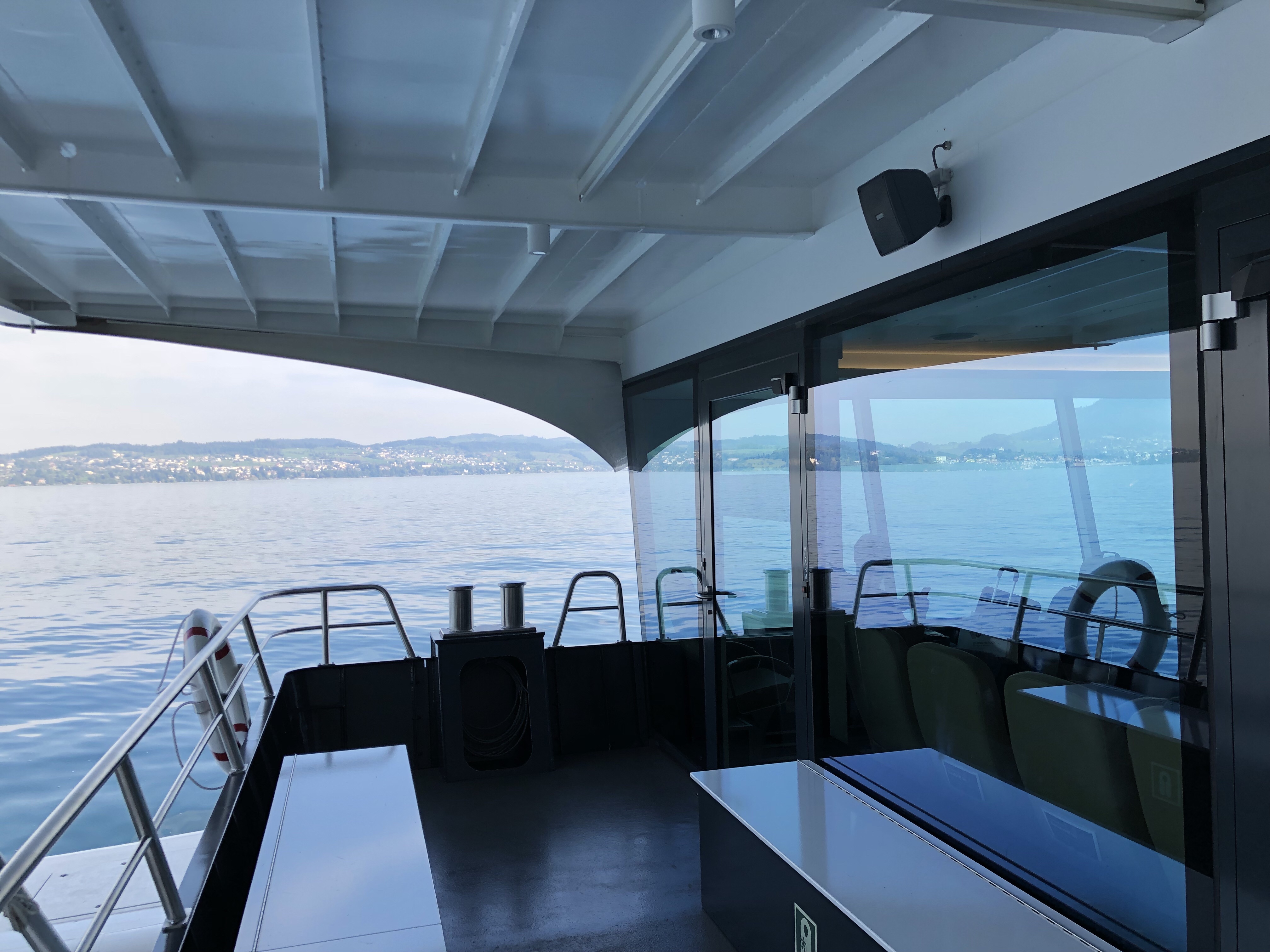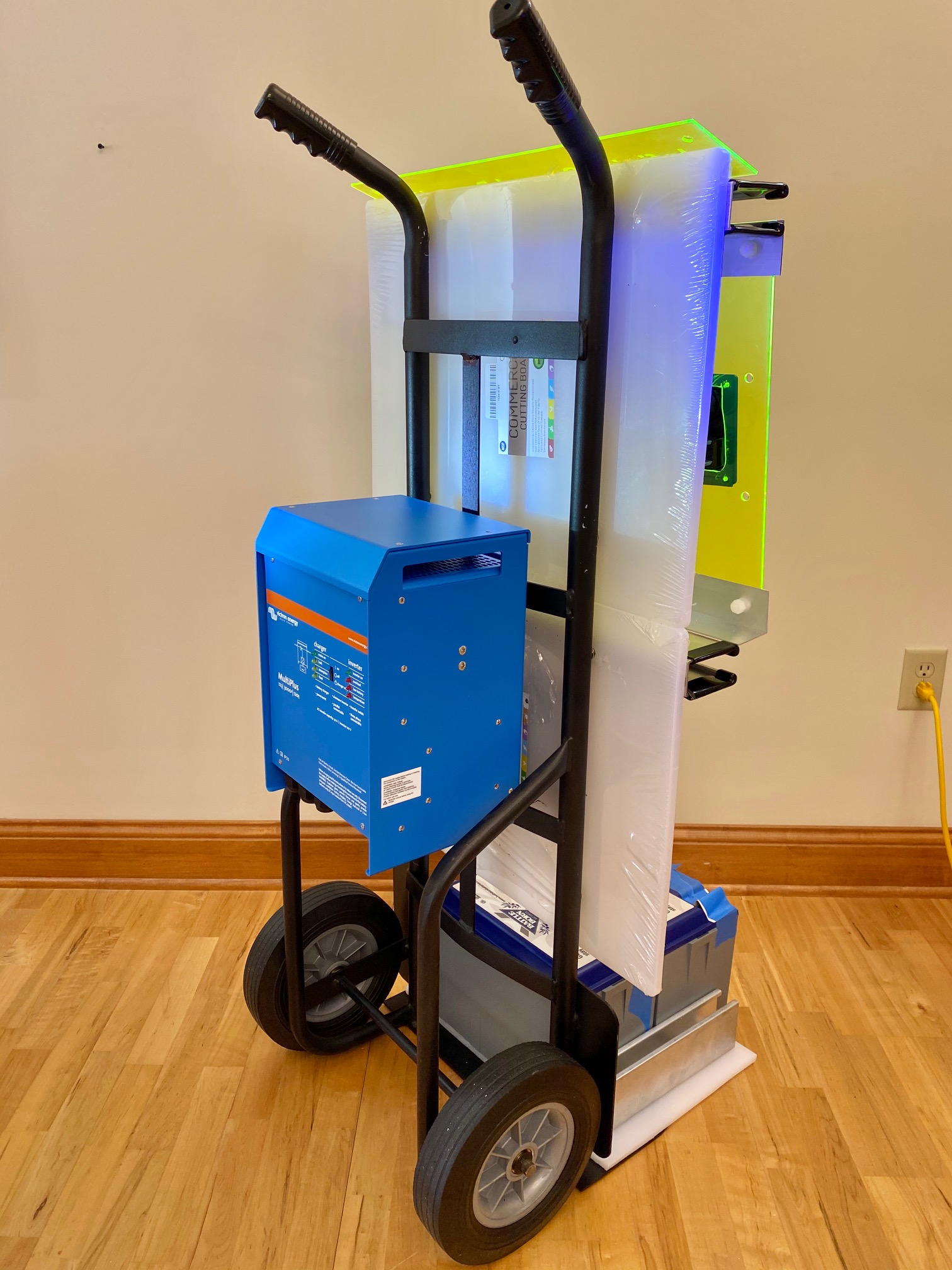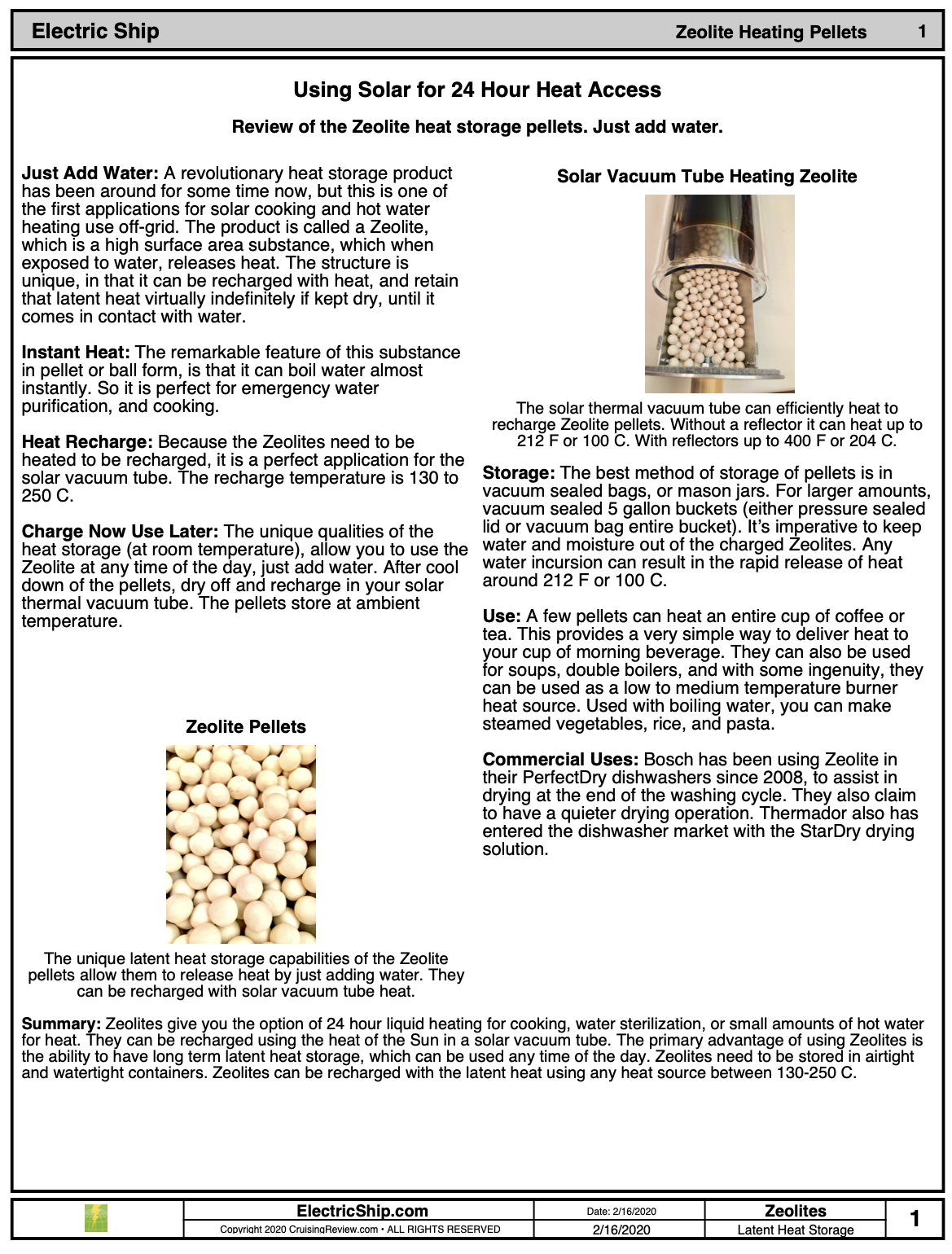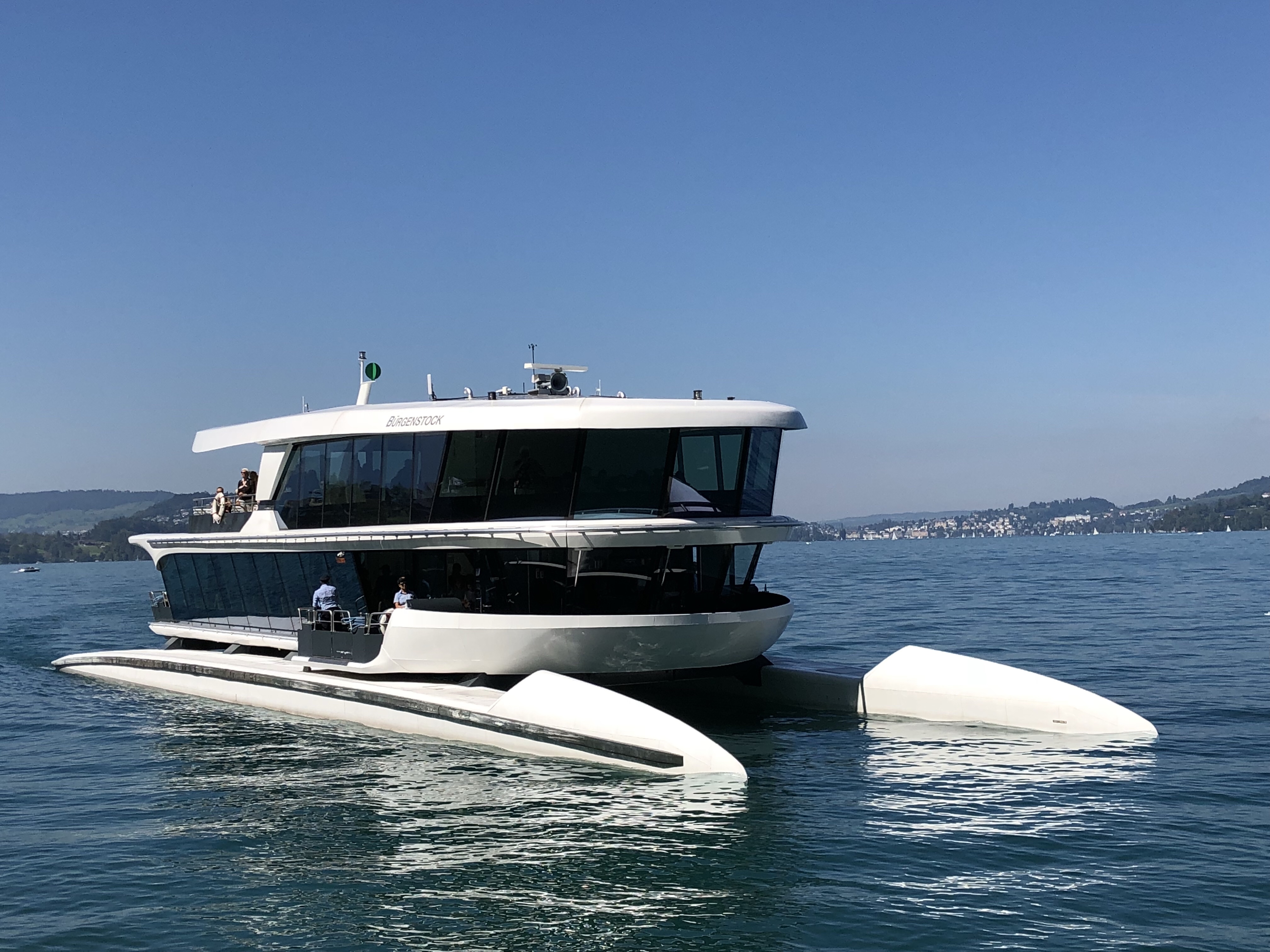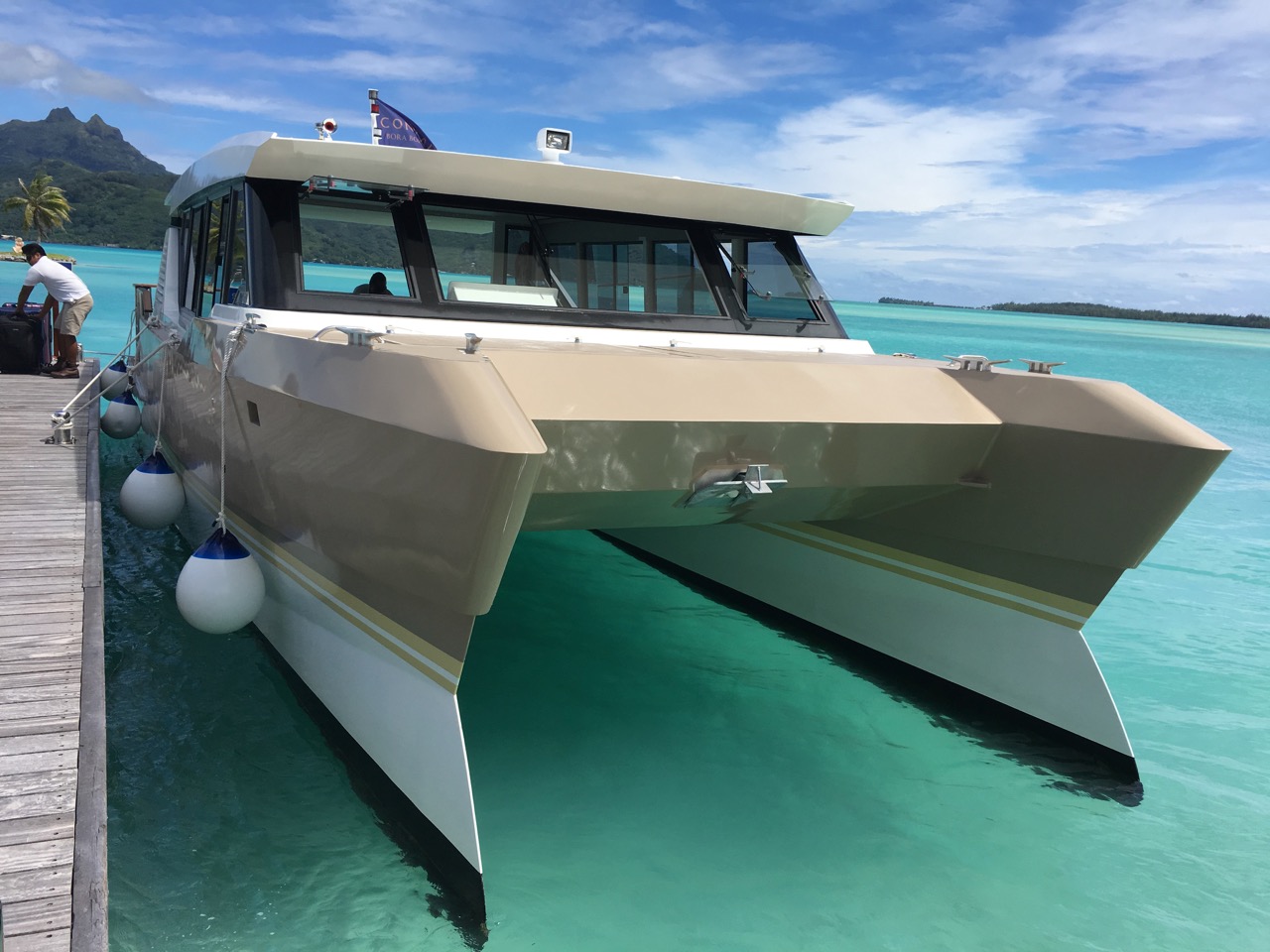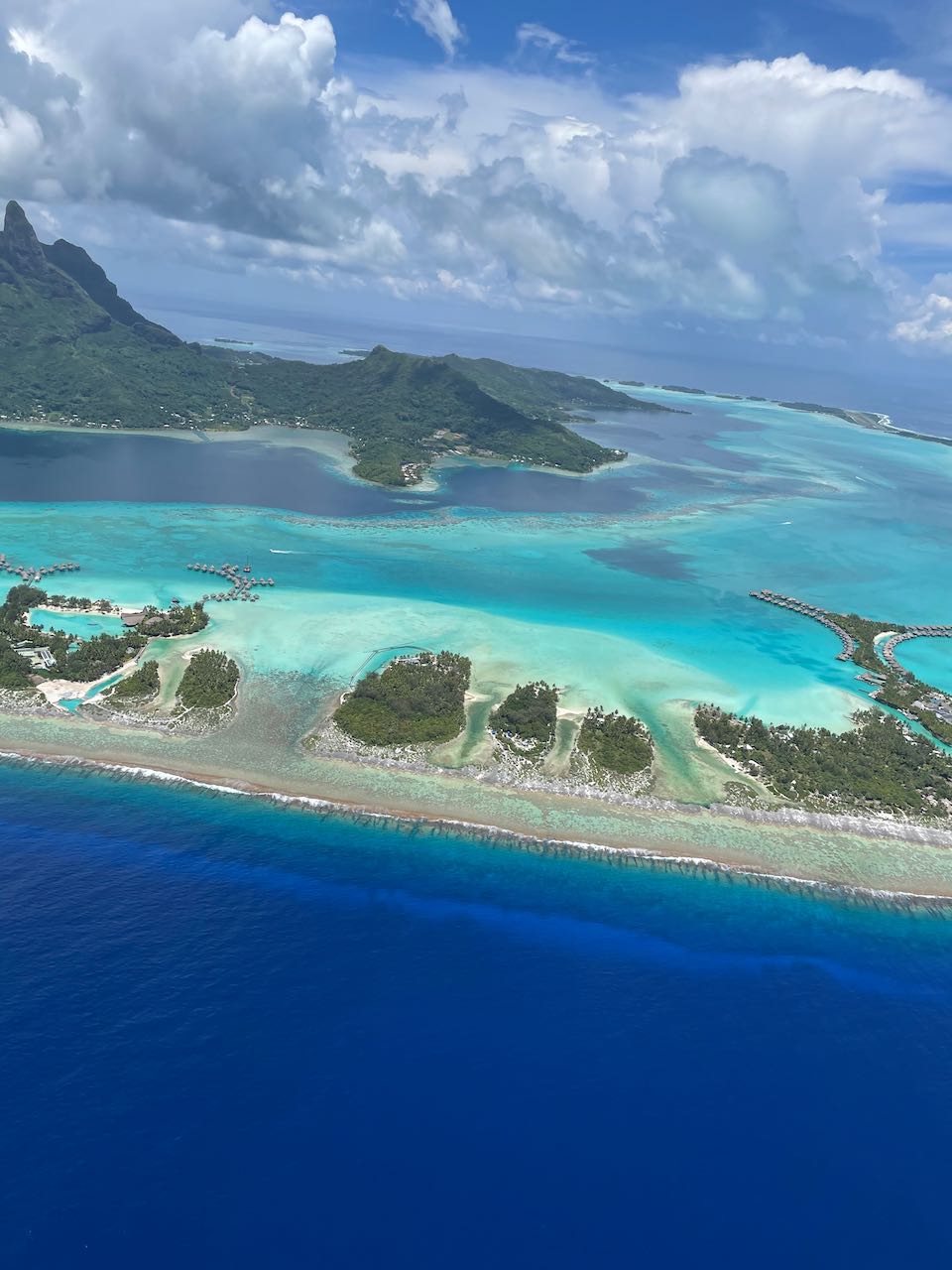|
|
|
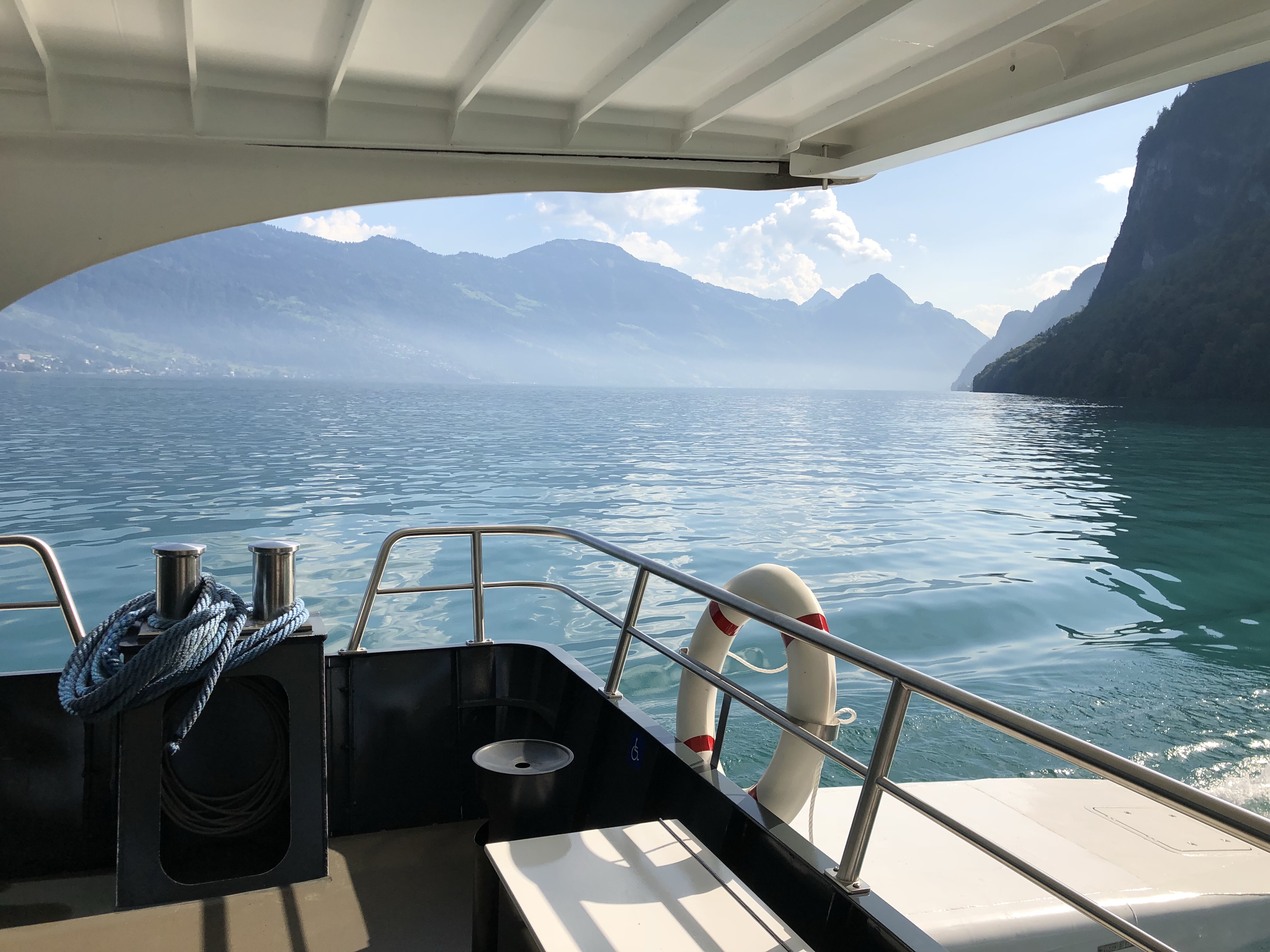
|
Electric Ship Update
The electric ship project has been a few years in the making. The basic vessel design has morphed over the past few years and is now becoming a more stable design and mission. Updated on November 25, 2020.Multihull: The design started as a proa or a catamaran, but with additional hydrodynamic studies and build criteria, a trimaran design has been finalized. The trimaran design allows very thin hulls, and distributes weight very well. It also allows a hull design that is relatively easy to build.Dimensions: The hull and waterline is currently at 50 feet (15.24 meters) and a beam of 30 feet (9.14 meters). Working draft of 3 feet (1 meter) and a air draft of 18 ft (6 meters). The air draft is an important figure and references navigating up the Rhine River to Basel, Switzerland.Propulsion: Modeled after Swiss lake cruising vessels, a modernized paddlewheel design with electric outboards (for emergency power) will power the vessel. The paddlewheels will be made from carbon fiber, and powered by a magnetic drive from the top of the wheel using stainless steel washdown 110V (or 220V) standard AC motors. Design vessel speed is at or less than 10 knots. The focus is on efficiency and simplicity.Hull Design: The three carbon fiber matrix positive floatation ama's are made from a continuous weave modulus from a hybrid Maypole weaving device designed by the inventor. Each hull will be about 2 feet wide with a draft of 3 feet (1 meter). The design displacement is around 70,000 pounds, and with each foot of additional draft, expect a 20,000 pound additional buoyancy. With an air draft of 18 ft (6 meters), the vessel will have design clearance for the entire length of the Rhine River from Amsterdam to Basel, Switzerland. Depending on build sites, hull modules may be made available to fit in a 53 international shipping container. The dimensions of those modules will be 2 ft wide by 4 feet in height. The hulls will have flat bottoms, since they are relatively thin.Superstructure Drag (windage) Versus Hydrodynamic Drag: In the early design stages, it was determined that the focus would be on a very efficient hull design (long waterline and thin canoe-like hulls) which would not require a huge powerplant. Since the vessel would be electric motor powered, the priority was in decreasing hydrodynamic drag as much as possible. Since most vessels spend most of the time at anchor or port, it doesn't make sense to maximize the powerplant and emphasize speed for a luxurious lake cruiser. If additional power is needed, simply add paddlewheels, or electric outboard motors. For fast current rivers (going upstream) such as the Rhine, a towboat or temporary diesel (vegetable oil) powered engine generator can be put onboard for the AC power drive requirements.Mission: The mission of the electric ship is to provide a working platform for a solar powered electric vessel, which can not only provide a worldwide navigable ship, but a platform for revenue based on the AirBNB model.Completed Hull Available Via Container Freight: A modularized carbon fiber hull is available for DIY multihull builders for $250,000 USD.Build License Electric Ship: A unlimited build license for the vessel is available for $499,000 USD.Current update is November 25, 2020.
For More Info…
|
